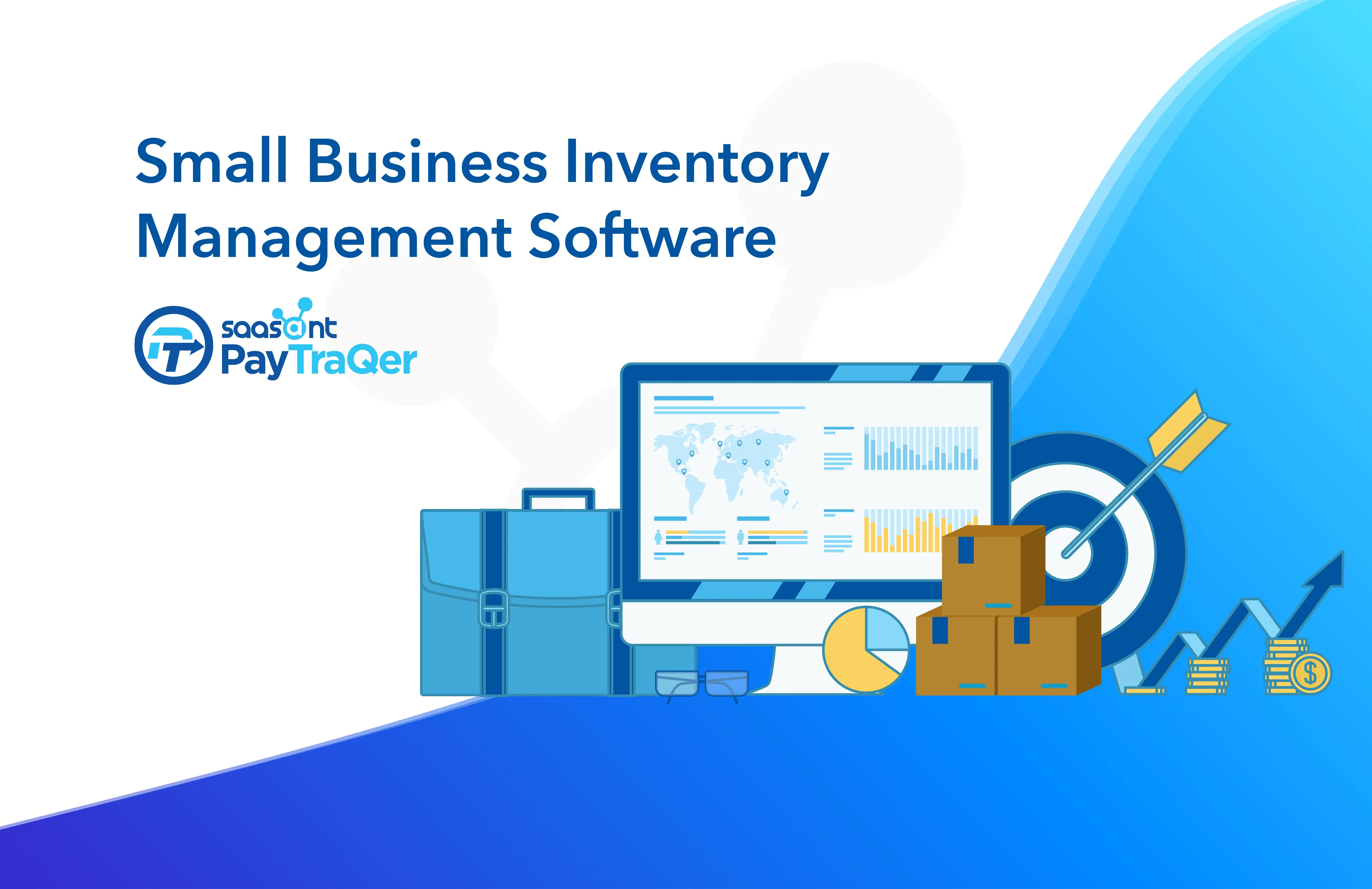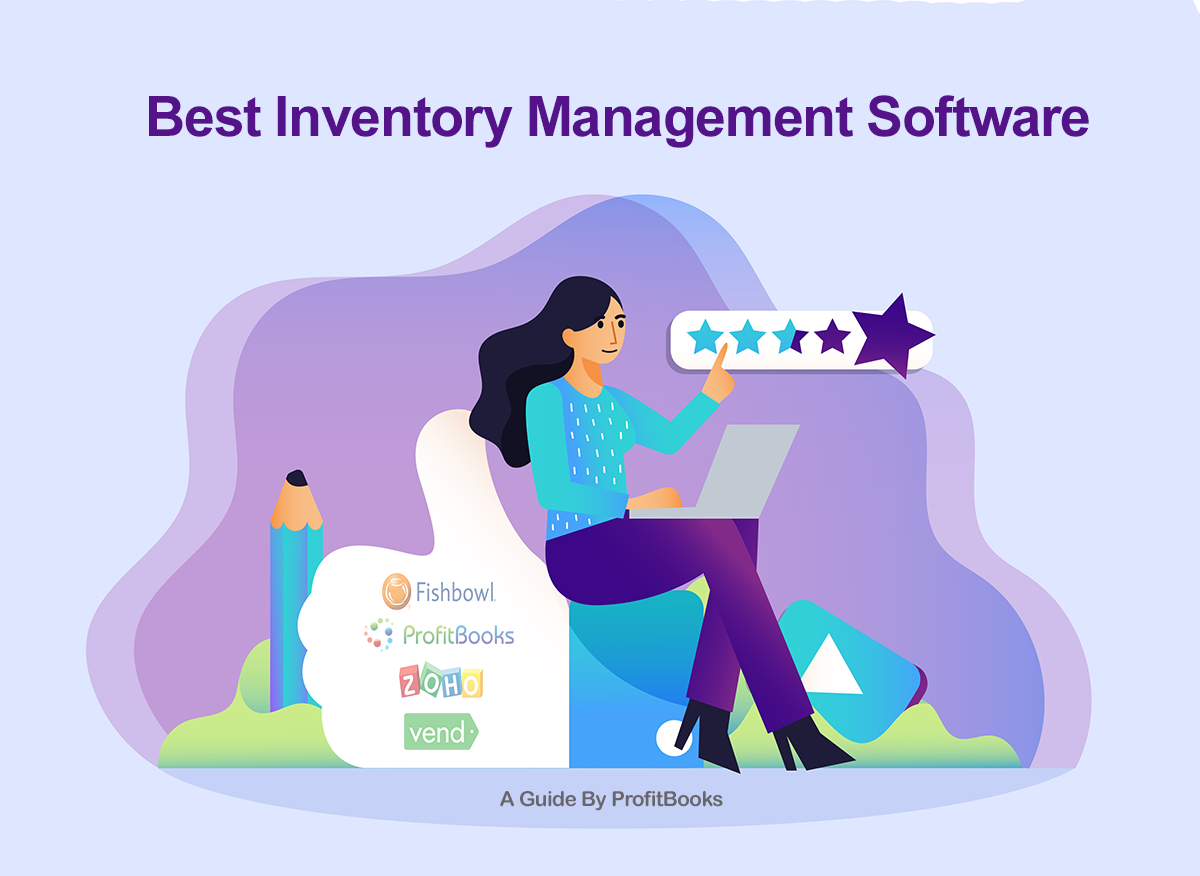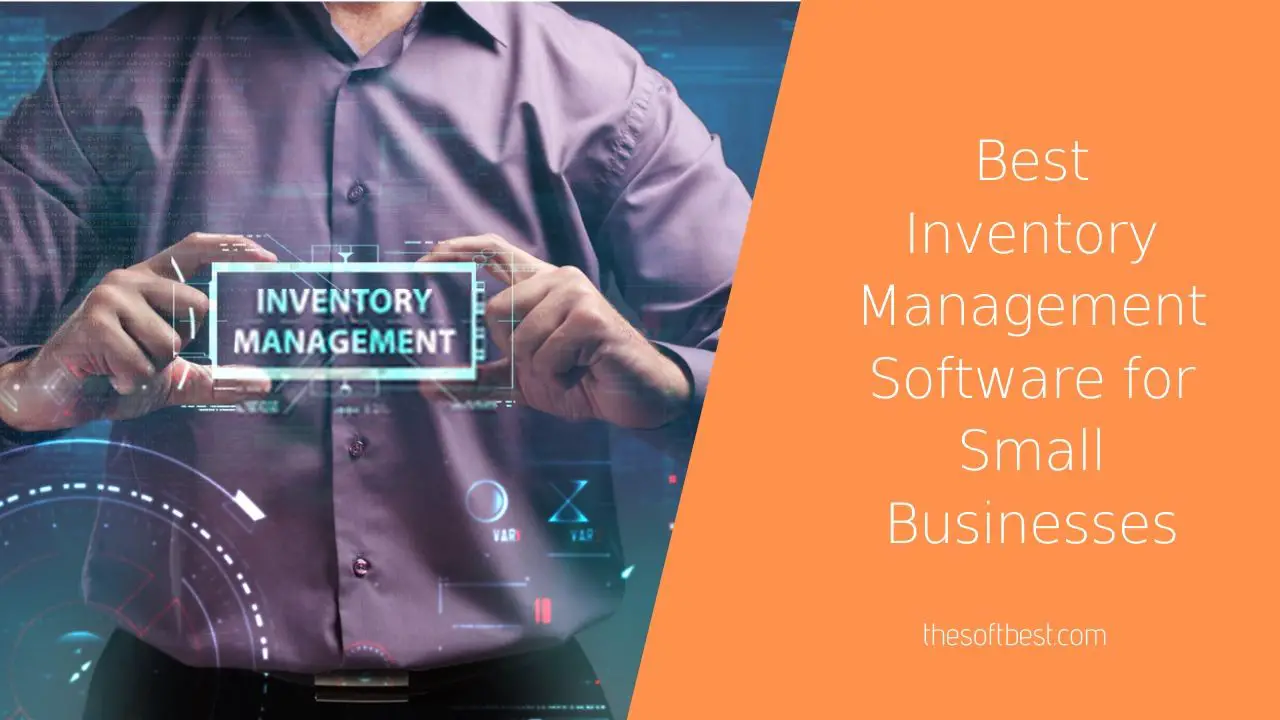Inventory management software for small manufacturing businesses is a game-changer, offering a comprehensive solution to streamline operations, minimize errors, and optimize efficiency. As a small manufacturer, embracing the power of inventory management software can propel your business to new heights.
With inventory management software tailored specifically for small manufacturing businesses, you can effectively manage inventory levels, streamline processes, and gain real-time visibility into your stock. Dive into the world of inventory management software and discover how it can revolutionize your operations.
Inventory Management Challenges for Small Manufacturing Businesses

Inventory management is crucial for small manufacturing businesses. However, they face unique challenges compared to larger companies.
One significant challenge is limited resources. Small manufacturers often have limited capital, making it difficult to invest in advanced inventory management systems or hire dedicated inventory management staff.
Space Constraints
Small manufacturing businesses often operate in confined spaces, making it challenging to store inventory efficiently. This can lead to disorganized inventory, wasted space, and difficulty locating items when needed.
Fluctuating Demand
Demand for products can fluctuate significantly in small manufacturing businesses, making it difficult to forecast inventory needs accurately. This can result in overstocking or understocking, both of which can lead to financial losses.
Common Inventory Management Issues
- Inaccurate inventory records
- Overstocking or understocking
- Difficulty locating items
- Inefficient inventory processes
- High inventory carrying costs
Benefits of Inventory Management Software: Inventory Management Software For Small Manufacturing Business
Inventory management software offers numerous advantages for small manufacturing businesses, enabling them to streamline their inventory processes, minimize errors, and boost efficiency. These solutions automate tasks, provide real-time visibility, and optimize inventory levels, leading to significant operational improvements.
One key benefit of inventory management software is its ability to streamline inventory processes. By automating tasks such as inventory tracking, order fulfillment, and purchase order management, businesses can reduce manual labor and eliminate the risk of human error. This automation not only saves time and resources but also ensures accuracy and consistency in inventory management.
Improved Efficiency
Inventory management software enhances efficiency by providing real-time visibility into inventory levels. This enables businesses to make informed decisions about production planning, purchasing, and sales. With accurate and up-to-date inventory information, businesses can avoid overstocking or understocking, optimizing their inventory levels to meet demand while minimizing waste.
Reduced Costs
Inventory management software helps reduce costs by optimizing inventory levels and minimizing waste. By accurately tracking inventory, businesses can identify slow-moving or obsolete items and take appropriate actions, such as offering discounts or adjusting production schedules. Additionally, automated inventory management can reduce labor costs associated with manual inventory counting and data entry.
Enhanced Customer Service
Inventory management software improves customer service by ensuring product availability and timely order fulfillment. With real-time inventory visibility, businesses can quickly respond to customer inquiries and provide accurate delivery estimates. This leads to increased customer satisfaction and loyalty.
Case Studies
Small manufacturing businesses that have implemented inventory management software have experienced significant benefits. For example, XYZ Manufacturing, a small-scale electronics manufacturer, implemented an inventory management system that automated their inventory tracking and order fulfillment processes. This resulted in a 20% reduction in inventory carrying costs and a 15% increase in customer satisfaction.
Key Features to Consider When Choosing Inventory Management Software
Choosing the right inventory management software can help small manufacturing businesses streamline their operations, reduce costs, and improve customer service. However, with so many different software options available, it can be difficult to know which one is right for your business.
Here are some key features to consider when choosing inventory management software:
Tracking Inventory Levels
The most important feature of any inventory management software is the ability to track inventory levels. This will help you ensure that you always have the right amount of inventory on hand to meet customer demand.
Look for software that allows you to track inventory levels in multiple locations, such as warehouses, stores, and distribution centers. The software should also be able to track inventory levels by product, lot number, and serial number.
Managing Multiple Warehouses, Inventory management software for small manufacturing business
If you have multiple warehouses, you need inventory management software that can help you manage inventory levels across all of your locations.
The software should be able to track inventory transfers between warehouses and provide you with a real-time view of inventory levels at each location.
Integrating with Other Business Systems
Your inventory management software should be able to integrate with other business systems, such as your accounting software, CRM software, and ERP software.
This will allow you to automate tasks, such as creating purchase orders and updating inventory levels, and will help you improve the efficiency of your business.
Reporting and Analytics
Good inventory management software will provide you with a variety of reports and analytics that can help you track your inventory performance.
These reports can help you identify trends, such as which products are selling well and which products are not moving, and can help you make better decisions about your inventory.
Ease of Use
Inventory management software should be easy to use, even for users who are not familiar with inventory management.
Look for software that has a user-friendly interface and provides clear and concise instructions.
Scalability
As your business grows, you need inventory management software that can scale with you.
The software should be able to handle a growing number of products, warehouses, and transactions.
Implementation and Best Practices for Inventory Management Software

Implementing inventory management software in a small manufacturing business is a critical step towards improving efficiency and profitability. Here’s a step-by-step guide to help you get started:
Step 1: Choose the Right Software
Start by selecting software that aligns with your specific needs and budget. Consider factors like the size of your business, the number of SKUs you manage, and the level of customization required.
Step 2: Data Collection
Gather accurate inventory data before implementing the software. This includes product descriptions, quantities on hand, and storage locations. Ensure the data is up-to-date and complete.
Step 3: Setup and Configuration
Configure the software to match your business processes. Set up product categories, create inventory locations, and define user roles and permissions. Test the system thoroughly before going live.
Step 4: Training
Train your staff on how to use the software effectively. This includes creating and managing inventory records, processing transactions, and generating reports.
Step 5: Go Live
Once the software is configured and the staff is trained, go live with the system. Monitor the implementation closely and make any necessary adjustments.
Best Practices for Using Inventory Management Software
* Regular Inventory Reviews: Regularly review inventory levels to identify discrepancies, prevent stockouts, and optimize purchasing decisions.
* Accurate Data Entry: Ensure that inventory data is entered accurately to maintain data integrity and prevent errors.
* Use Barcodes or RFID: Implement barcodes or RFID technology to automate inventory tracking and reduce manual errors.
* Integrate with Other Systems: Integrate the inventory management software with other business systems, such as accounting and CRM, to streamline operations.
* Regular Software Updates: Keep the software up-to-date with the latest features and security patches to ensure optimal performance and data security.
Tips to Avoid Common Pitfalls
* Incomplete Data: Avoid implementing the software with incomplete or inaccurate inventory data.
* Insufficient Training: Ensure that all users are adequately trained on the software before going live.
* Lack of Integration: Avoid isolated inventory management systems that do not integrate with other business systems.
* Over-Customization: Keep customization to a minimum to avoid complexity and maintenance issues.
* Neglecting Regular Reviews: Regularly review inventory levels and software performance to identify areas for improvement.
Return on Investment (ROI) of Inventory Management Software

Implementing inventory management software can significantly improve the efficiency and profitability of small manufacturing businesses. By accurately tracking inventory levels, optimizing stock levels, and streamlining inventory processes, businesses can realize substantial cost savings and efficiency gains.
Measuring the ROI of inventory management software involves assessing the cost savings and efficiency improvements achieved against the cost of implementing and maintaining the software.
Potential Cost Savings
- Reduced inventory carrying costs: Effective inventory management helps businesses maintain optimal stock levels, reducing the need for excess inventory that incurs storage, insurance, and other carrying costs.
- Lower purchasing costs: By optimizing inventory levels, businesses can negotiate better pricing with suppliers due to increased purchasing power and reduced overstocking.
- Reduced waste and obsolescence: Accurate inventory tracking helps businesses identify slow-moving or obsolete items, enabling them to clear out excess stock and minimize losses.
Efficiency Gains
- Improved order fulfillment: Real-time inventory visibility allows businesses to fulfill orders more efficiently, reducing delays and improving customer satisfaction.
- Optimized production planning: Accurate inventory data enables businesses to plan production schedules more effectively, minimizing downtime and maximizing resource utilization.
- Enhanced decision-making: Inventory management software provides insights into inventory trends and performance, enabling businesses to make informed decisions about stock levels, purchasing, and production.
Examples of ROI
Numerous small manufacturing businesses have reported significant ROI after implementing inventory management software:
- A small electronics manufacturer reduced inventory carrying costs by 20% and increased order fulfillment accuracy by 15%.
- A custom furniture maker reduced purchasing costs by 10% and eliminated overstocking of slow-moving items.
- A food and beverage manufacturer improved production efficiency by 12% by optimizing inventory levels and streamlining production planning.
Emerging Trends in Inventory Management Software
As technology advances, inventory management software is constantly evolving to meet the changing needs of businesses. Small manufacturing businesses can benefit greatly from these emerging trends, which can help them improve efficiency, reduce costs, and gain a competitive advantage.
Cloud-Based Software
Cloud-based inventory management software is hosted on remote servers, allowing businesses to access their data from anywhere with an internet connection. This eliminates the need for expensive on-premises hardware and software, and it makes it easy to collaborate with team members and suppliers.
Mobile Applications
Mobile inventory management apps allow businesses to manage their inventory on the go. This can be especially useful for small businesses that have employees who are frequently out of the office or working in remote locations.
Predictive Analytics
Predictive analytics uses historical data to forecast future demand. This information can help businesses optimize their inventory levels, reduce waste, and improve customer service.
The Future of Inventory Management for Small Manufacturers
These emerging trends are shaping the future of inventory management for small manufacturers. By adopting these technologies, businesses can gain a significant competitive advantage and position themselves for success in the years to come.
Closure
Investing in inventory management software is not just an expense but a strategic investment that pays dividends in the long run. By implementing the right software, small manufacturing businesses can unlock significant cost savings, improve customer satisfaction, and gain a competitive edge in the market. Embrace the future of inventory management and watch your business soar to new heights of success.
Clarifying Questions
What are the key benefits of inventory management software for small manufacturing businesses?
Inventory management software provides numerous benefits, including streamlined inventory processes, reduced errors, improved efficiency, increased accuracy, and enhanced decision-making.
How can inventory management software help small manufacturers overcome inventory challenges?
Inventory management software addresses common challenges faced by small manufacturers, such as limited resources, space constraints, and fluctuating demand. It provides real-time visibility, optimizes stock levels, and automates tasks, enabling manufacturers to stay ahead of inventory-related issues.
What are the essential features to look for in inventory management software for small manufacturing businesses?
Key features to consider include inventory tracking, multi-warehouse management, integration with other business systems, reporting and analytics, and mobile access. These features empower manufacturers to effectively manage their inventory and make informed decisions.